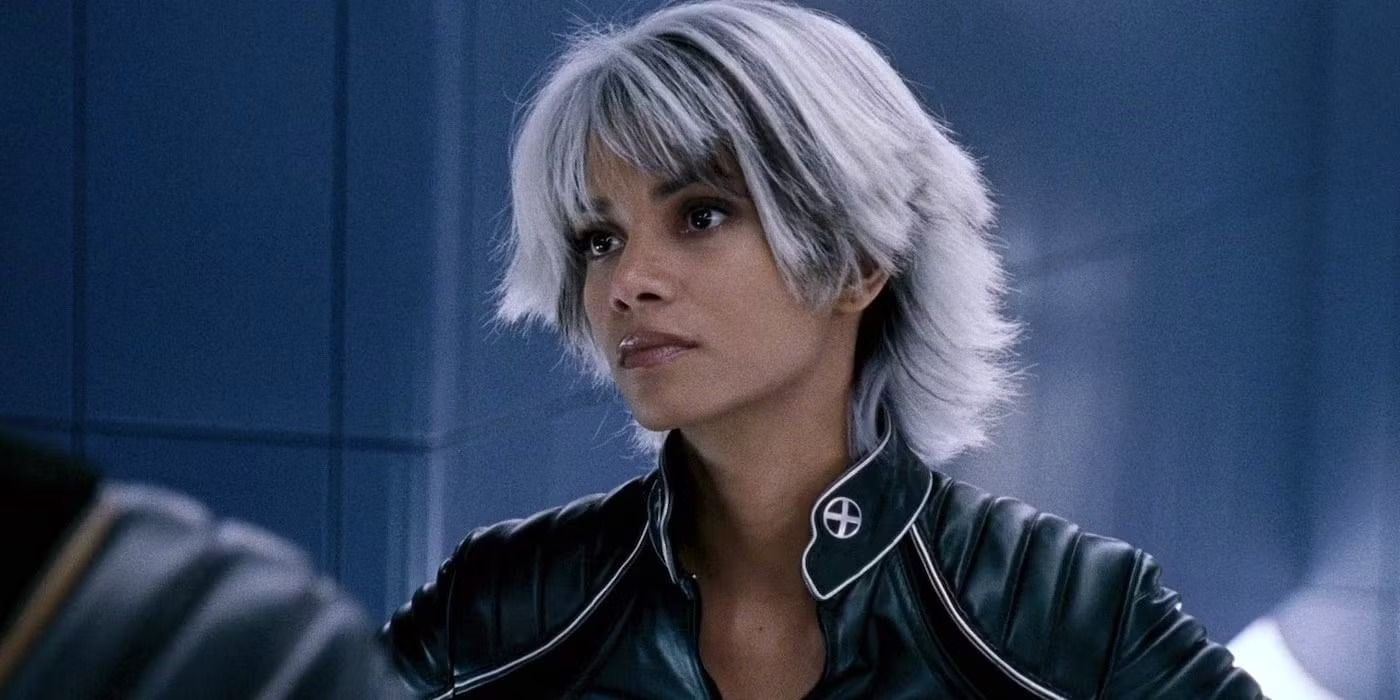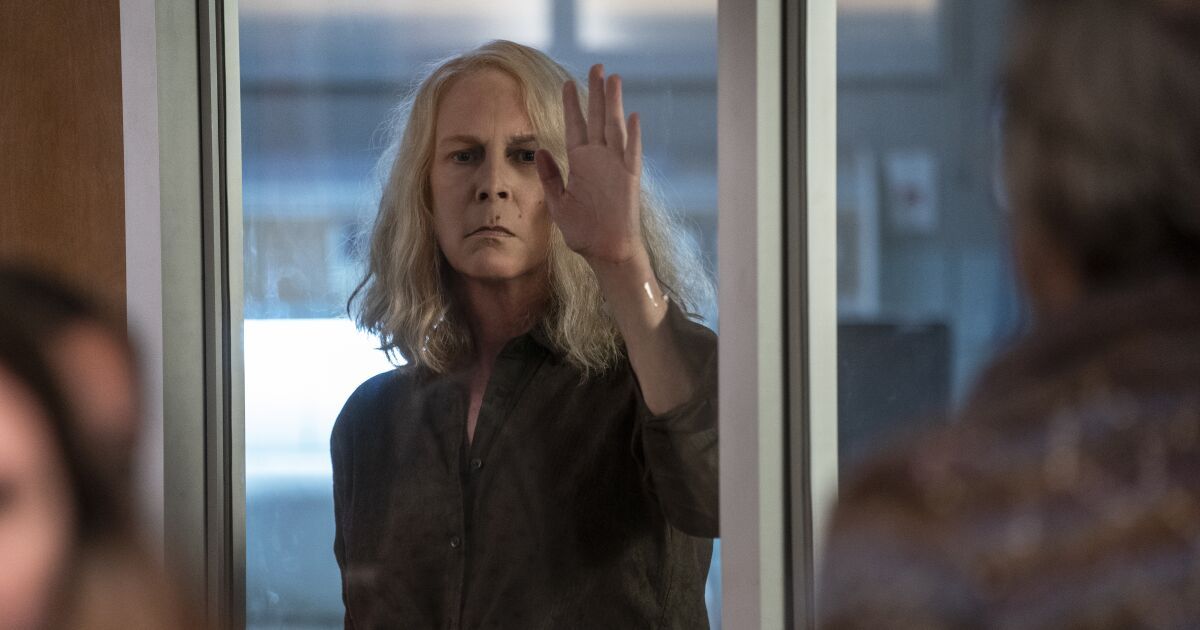In “Wildcat,” O’Connor and the real people from her life appear as characters from her stories as they blossom in her mind. But while it’s admirable that the script tries to deviate from the episodic, chronological constraints of the traditional biopic, these sequences end up feeling distracting and distancing. Most feature Laura Linney as both O’Connor’s real-life mother, Regina, and a series of bluntly racist Southern stereotypes. Among the other supporting players in the film’s impressively deep bench is Steve Zahn as a one-armed man (inspired by a gentleman she sees at a train station) and Rafael Casal as a charismatic, tattooed drifter.
These flights of fancy are wildly over-the-top, with gifted actors offering their versatility in the service of obnoxious, eccentric caricatures. Some of these portrayals are so hammy and mannered it’ll make you wince. Maya Hawke herself, so strong in recent years in “Stranger Things” and “Asteroid City,” shows a great deal of range—so much so that you wish the fantasy sequences offered her more nuanced material. These segments never fully gel with the real-life moments from O’Connor’s life, as she struggles with lifelong illness and the frustration of feeling like she never truly belongs. A later interlude involving “Licorice Pizza” star Cooper Hoffman as a traveling Bible salesman comes closest to achieving a real sense of tension and danger, as it’s pitched in a lower key and plays out a little longer than the rest.
What’s more intriguing is the inner conflict that torments O’Connor: her yearning to achieve the grace of her Catholic faith, even as she explores her blasphemous creative instincts. Lying in bed, dying of lupus at her family’s Georgia farm, she beseeches a priest (Liam Neeson in a brief cameo) to help her navigate this spiritual divide. It’s a welcome moment of quiet, and Maya Hawke makes O’Connor’s anguish feel immediate and true. The authenticity of scenes like this one, and an earlier one with Alessandro Nivola as her editor, reflect this fascinatingly flawed woman’s inner life more convincingly than the film’s fictional diversions.
You can view the original article HERE.





























